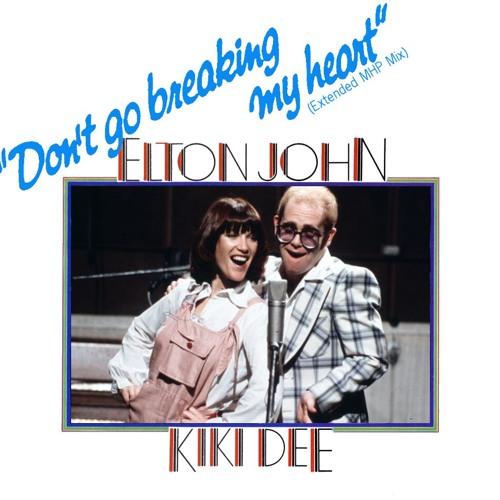Boston |
 |
Released: August 25, 1976 Peak: 3 US, 11 UK, 7 CN, 16 AU Sales (in millions): 17.0 US, 0.1 UK, 28.0 world (includes US and UK) Genre: classic rock |
Tracks: Song Title (Writers) [time] (date of single release, chart peaks) Click for codes to singles charts.
All songs written by Tom Scholz unless noted otherwise. Total Running Time: 37:08 The Players:
|
Rating: 4.190 out of 5.00 (average of 26 ratings)
Quotable: “Boston is essential for any fan of classic rock” – Vik Iyenyard, All Music Guide Awards: (Click on award to learn more). |
About the Album: “Nearly every song on Boston’s debut album can still be heard on classic rock radio today due to the strong vocals of Brad Delp and unique guitar sound of Tom Scholz.” VI “This masterwork of studio-happy, high-school-parking-lot music” RW is now one of the best-selling albums of all time and second only to Guns N’ Roses Appetite for Destrcution as the best-selling debut by an American rock band, WK but it wasn’t an overnight success. Scholz told The Vinyl Guide he’d worked on the album roughly six years, getting rejected from two dozen record companies along the way. VG “Because of the rise of disco and punk, FM rock radio seemed all but dead until the rise of acts like Boston, Tom Petty, and Bruce Springsteen.” VI Scholz did most of the recording in his home recording studio in his basement at night while holding down a day-job with Polaroid. VG He has become legendary – or infamous, depending on your perspective – for self-designed equipment such as 12-track recording devices VI and studio perfectionism. He said he didn’t set out to do most of the work himself, but ended up doing it that way because it was the only way to get the sound he wanted. VG Eventually the demos attracted the attention of Epic Records, but they wanted the songs re-recorded in a “professional” studio. Scholz was determined to re-cut the songs on his own and Epic producer John Boylan helped “create a diversion” with a band making new studio recordings of the songs in Los Angeles while Scholz continued to redo the recordings in his home studio. WK Epic Records coined the slogan “Better music through science” to promote the album. Scholz hated the term, because it implied that he’d crafted the music with keyboards and synthesizers when, in fact, he hadn’t used them at all. VG He created “an anthemic ‘arena rock’ sound before the term was even coined. The sound was hard rock, but the layered melodies and harmonics reveal the work of a master craftsman.” VI He “fine-tuned his overdubbed guitar orchestra to a pitch that a thousand subsequent album-rockers couldn’t resist.” RW “While much has been written about the sound of the album, the lyrics are often overlooked. There are songs about their rise from a bar band (Rock and Roll Band) as well as fond remembrances of summers gone by (More Than a Feeling).” VI “The pseudo-cosmic ambience invites scoffs…but it’s really just part of the disc’s charm.” RW “Boston is essential for any fan of classic rock, and the album marks the re-emergence of the genre in the 1970s.” VI Even the album cover became iconic. Initially, though, the creative team sent Scholz potential covers of a head of Boston lettuce, a slice of Boston crème pie, and a pot of Boston baked beans. VG On The Vinyl Guide podcast, Scholz mused, “Did they even listen to the music?” VG He pondered if the record company was “confused in between selling records and selling produce.” VG Scholz suggested a guitar-shaped spaceship and Roger Huyssen ended up creating the artwork based on that idea. |
Resources and Related Links:
Other Related DMDB Pages: First posted 2/19/2008; last updated 8/25/2021. |









